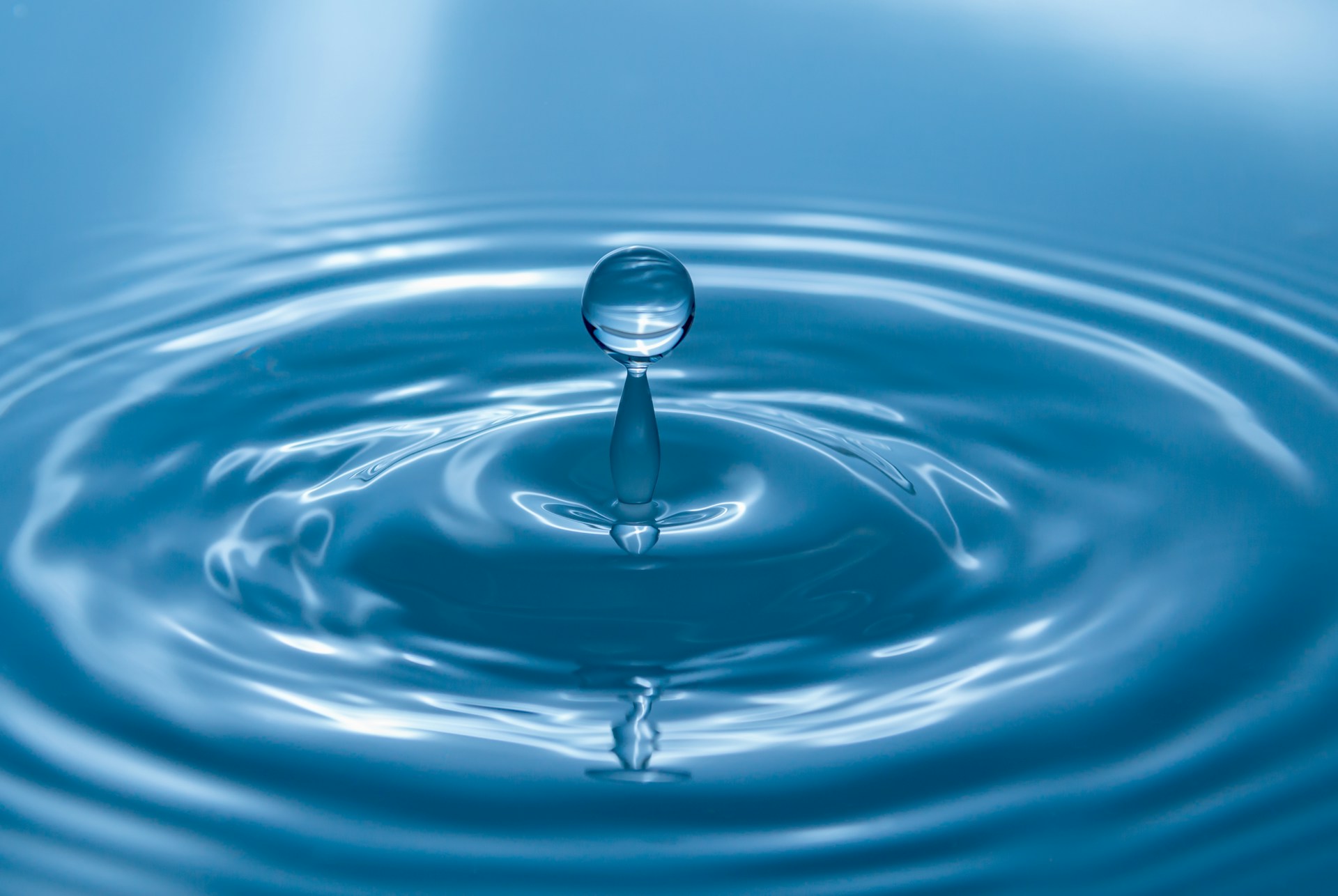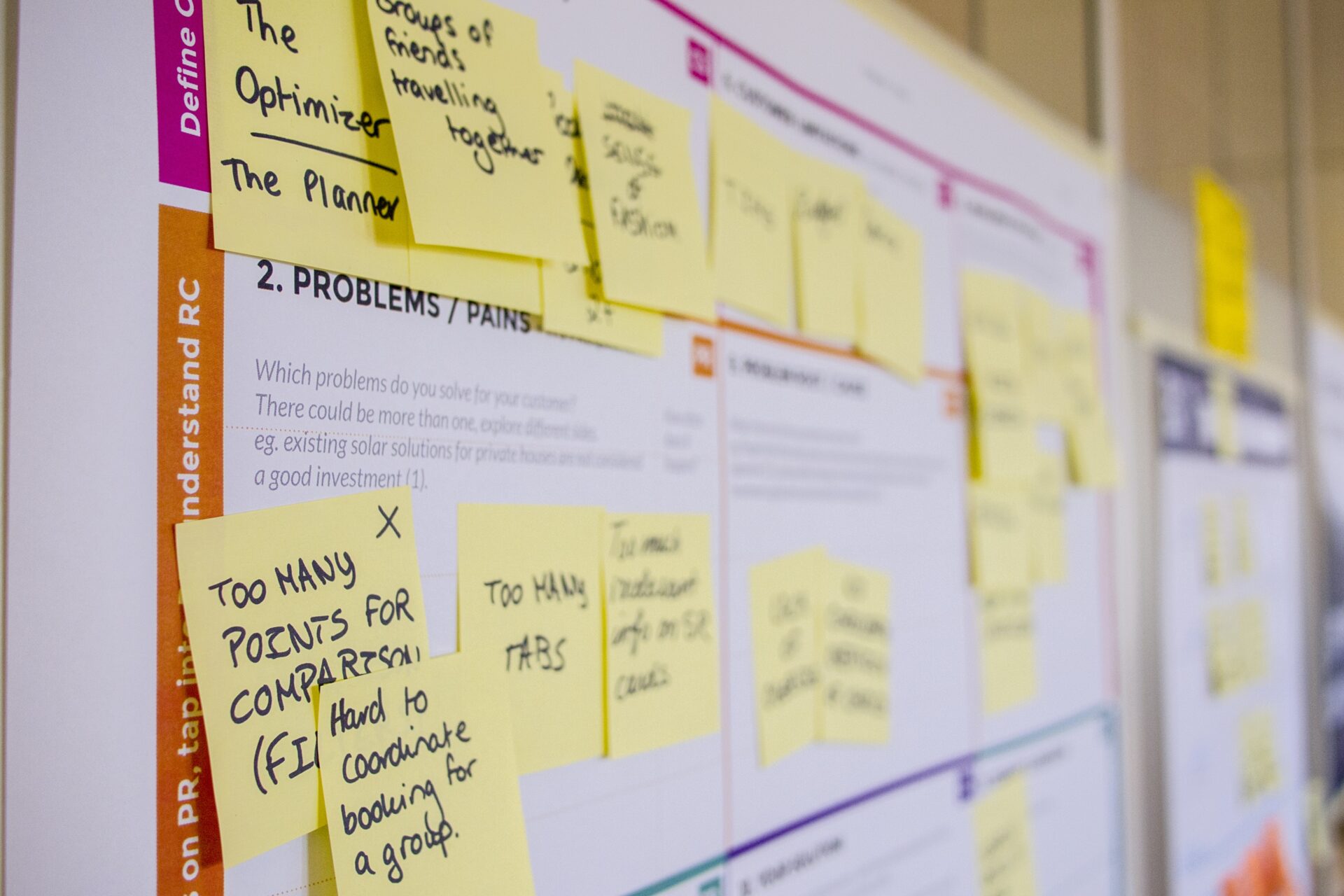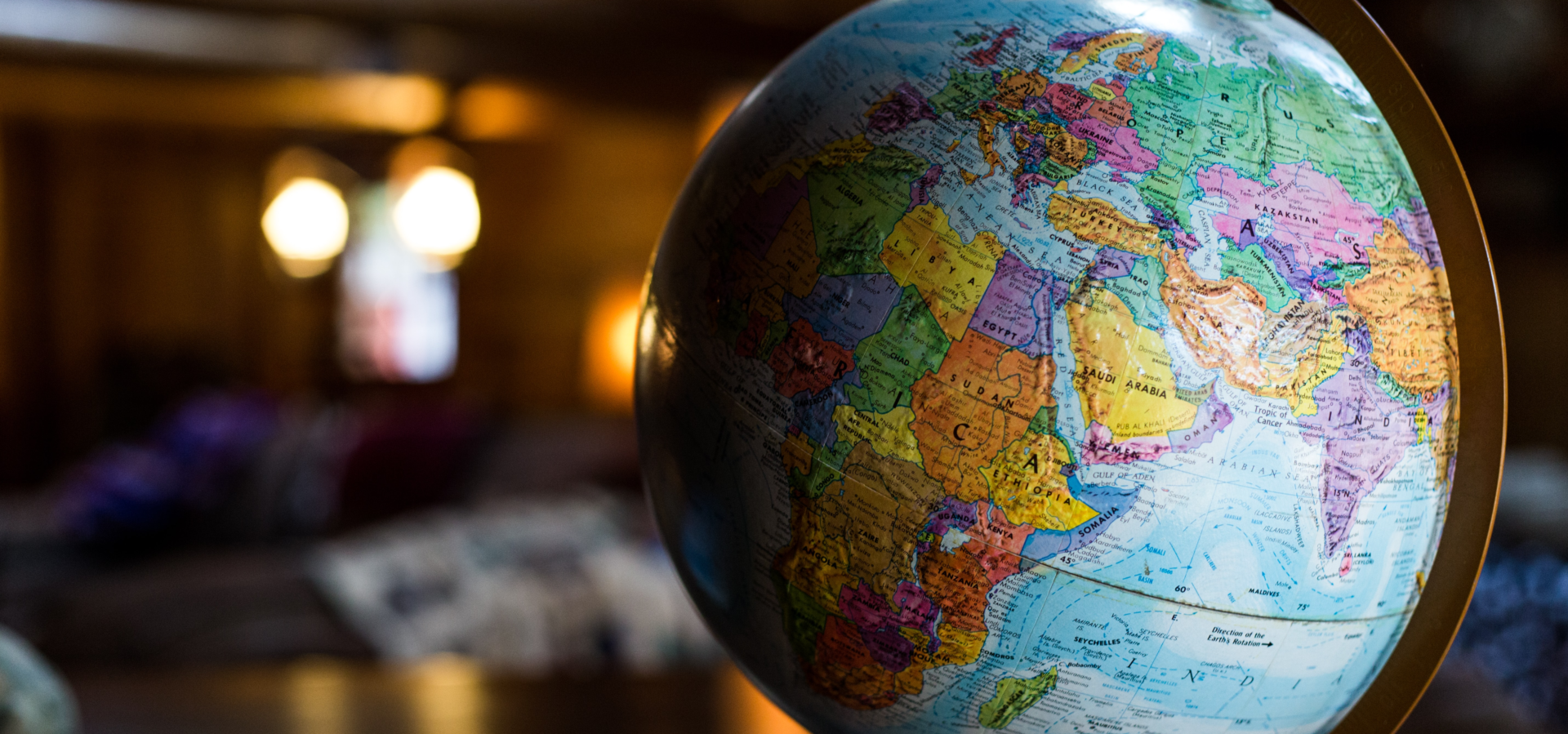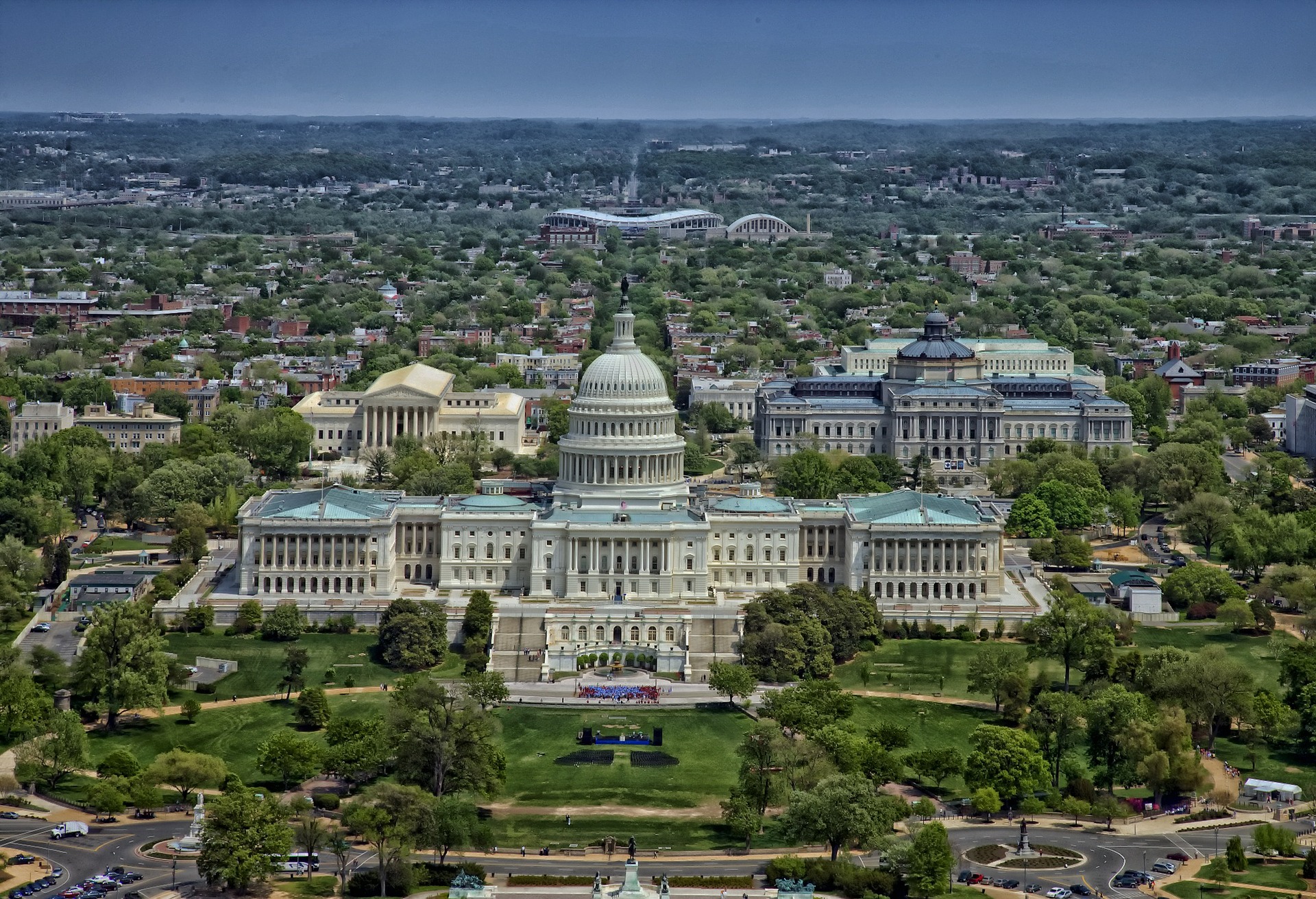Water: The New Global Currency
Water is the lifeblood of our planet, sustaining all life on earth—not just humans and animals, but entire ecosystems that underlie our environment. Water is also an essential component in key industries, from agriculture and food production to pharmaceuticals and manufacturing. One of the world’s most versatile elements, water has a role in various processes and in various states—even wastewater can be recycled for soil maintenance and farming.
Although our planet appears abundantly blue and filled with water from space, only 1% of this water is freshwater and usable, making it an incredibly scarce resource that must be protected at any cost.
Yet, increased human activities such as land usage, overconsumption, and climate change are pushing the global water cycle off track, and our freshwater lakes and rivers are at real risk of depletion.
On an average a minimum of about 4,000 liters per day is required for a person to live a dignified life—if the unthinkable happens and these communities lose access to water, we could see a cascade of effects.
Declining water sources could endanger food security for nearly three billion people and more than half of the world’s food production. Already, today, an estimated 2.2 billion people globally lack access to safe water, while over 1,000 children under five die every day due to illnesses caused by unsafe water, and poor sanitation and hygiene. If nothing is done, those numbers could soar further.
The impact on economies would also be significant. By 2050, lack of access to clean water and sanitation can lead to GDPs falling by 8% in high-income countries, with lower-income countries experiencing even greater shrinkages, anywhere between 10% to 15%.
Improving Water Management
In the face of these potential impacts, water management is vital for the survival of mankind and economic stability, however, this must be approached in a holistic way to ensure policies and actions are framed around the UN’s 6th Sustainable Development Goal: “Water and Sanitation for All.”
“Water is humanity’s lifeblood, from the food we eat to the ecosystems and biodiversity that enrich our world to the prosperity that sustains nations, to the economic engines of agriculture, manufacturing and energy generation to our health, hygiene and survival itself,” said UN Secretary-General António Guterres in his remarks to the United Nations Water Conference in New York on 22 March 2023.
Ensuring this holistic approach requires a strong collaborative framework, one in which businesses, governments and individuals are all equal stakeholders in sustainable water management. Each of these parties can deploy a number of strategies that fit their mandates, available resources, and operating models, but each approach must be premised on a shared goal of affordable, reliable, and equitable access
Businesses, for example, can improve their water management approach through available technologies and systems. In agriculture, innovations such as AI-powered crop monitoring, precision farming tools and drone-based crop analysis are already helping farmers gain real-time insights on the health of the crops and amount of water, pesticides, and fertilizer needed for it. Such technologies have significantly increased agricultural productivity in Brazil, where farmers have increased yields of soybeans, corn, citrus coffee, grains, and sugarcane by around 25%.
Governments, on the other hand, can collaborate with multilateral institutions to modernize their irrigation and drainage infrastructure to improve water efficiency and conservation. In one co-financing project, Uzbekistan received US$200 million from the World Bank to modernize its irrigation and drainage infrastructure, thus helping to increase the accessibility of reliable water for agriculture, and reduce water wastage and run-offs.
At Horasis, we are also doing our bit to address global challenges by providing collaborative platforms for global leaders to solve today’s greatest problems. Our upcoming Horasis Global Meeting is scheduled to take place in São Paulo, Brazil, between 7 to 10 October 2025. In its 10th edition, the meeting will draw together opinions and experiences of global leaders from various backgrounds on finding cooperative frameworks to our present challenges.
Critical Enablers to Water Security
In order to realize a world where water is readily and easily accessible to all, collective action is surely needed. Governments need to rewrite policies around water usage and conservation to ensure water is valued and equitably distributed. Regulators should aim to protect our most vulnerable communities from unfair pricing of valuable water, while also ensuring that this commodity is priced properly to fund its long-term conservation and equal distribution.
Ultimately, the goal is to ensure that our water sources are preserved for the benefit of future generations.
However, challenges remain. Financing in water as a sector is also lacking, with an estimated US$500 billion in annual funding required in low- and middle-income countries to ensure water conservation and its judicious usage across agriculture, industry, mining, and other sectors. This is critical to stabilizing the global water cycle and is needed quickly.
Achieving this requires significant effort on the part of all stakeholders, who can also turn to cutting edge technologies to enable sustainable water management, while also helping citizens make informed decisions and contribute to water conservation policies.
The moment to act is now, and everyone needs to understand the value of water, its lifegiving capabilities, and its varied influence on the global economy. A sustainable and just water future will need clear and measurable goals that stabilizes the global water cycle to ensure clean and safe water for all.
Photo Caption: In order to realize a world where water is readily and easily accessible to all, collective action is needed.



